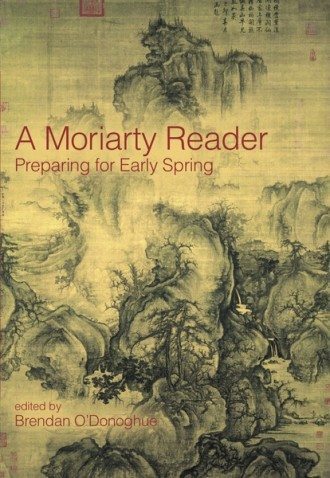
A Moriarty Reader
Preparing for Early Spring
By: John Moriarty
Edited by:
Publication Date: November 2012
€35.00
“Brendan O’Donoghue has done an excellent job as editor of this guide to the strange world and works of John Moriarty. It is even better than I had hoped.” – AMAZON CUSTOMER REVIEW, A MORIARTY READER
JOHN MORIARTY (1938-2007), Kerry-born poet, mystic and philosopher, has been hailed as one of the most original thinkers and writers to have emerged from Ireland in recent decades. Opening a way into John Moriarty’s complex work through Guo Xi’s painting Early Spring, this Reader reveals the extraordinary nature of Moriarty’s thought. It draws on key passages from Moriarty’s first publication, Dreamtime (1994/2011), and progresses through his subsequent landmark books, The Turtle Trilogy (1996–98), Nostos (2001)and ‘What the Curlew Said‘ (2007), weaving together the most seminal passages from each. A Moriarty Reader serves as an excellent introductory text for those unfamiliar with his writings and illuminates unacknowledged aspects of his thinking for those already familiar with his work. There is a foreword by hospice movement founder Dr Michael Kearney, and a glossary, name and subject index provide interpretive keys to aspects of the work.
The Reader highlights Moriarty’s deft ability to challenge and bring into question habitual modes of Western thought and perception; his willingness and courage to act as a cultural shaman for Western humanity; his innovative philomythical and metanoetic search for wisdom and truth, and his astonishingly original interpretation of scripture. Bearing witness to his genius, this book reveals Moriarty to be one of Ireland’s and Europe’s most significant writers, an image-thinker of the highest rank, who warrants serious attention.
A Moriarty Reader encompasses a broad spectrum of historical cultures, but its focus on Moby-Dick (Pequod Culture) and Native American stories in particular will profoundly resonate with an international audience. Cohering around the Daoist-inspired painting of the title, this work will set the tone for Moriarty’s panethnic adventure in philosophy, myth and religion.
ABOUT THE EDITOR
Brendan O’Donoghue studied Philosophy and Economics in Maynooth, receiving an M.A in Philosophy from University College Dublin in 2001 before completing his doctorate on Martin Heidegger in 2007. He taught philosophy at University College Cork 2008–2010, and at the University of Edinburgh 2010–2011.
| ISBN | 9781843512684 |
|---|
| Weight | 1 kg |
|---|---|
| Dimensions | 164 × 241 mm |
| Publication Date | November 2012 |
| Format | Hardback 475pp |
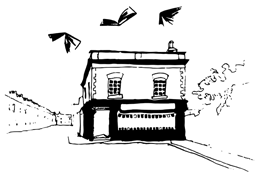
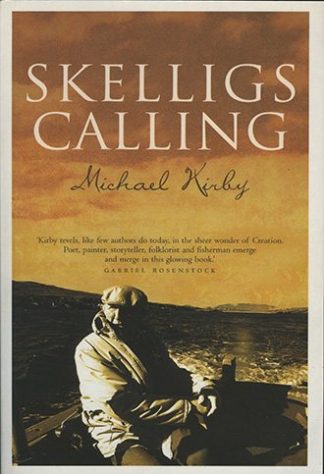
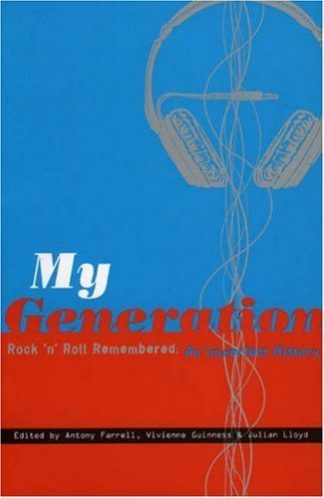
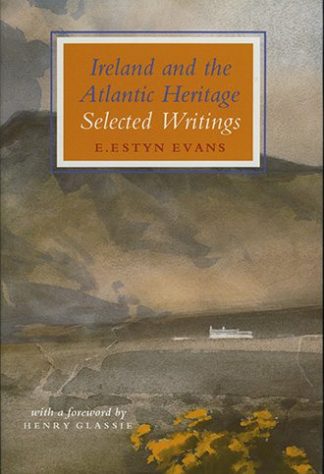
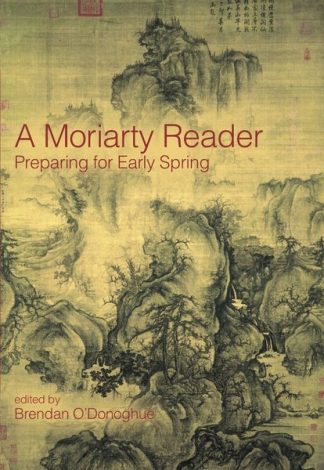
Lilliput Press –
“Brendan O’Donoghue has done an excellent job as editor of this guide to the strange world and works of John Moriarty. It is even better than I had hoped.
His Introduction outlines in depth several of the key aspects of Moriarty’s work, including his challenging of Western habits of eye and mind, his profound engagement with myths from across the world, and perhaps most significantly his own view of Christ as the one “who suffers the archaic vastness of human inwardness in Gethsemane and in the process comes into most frightful and dreadful contact with who he instinctively, animalistically and phylogenetically is.” This is complex and heady stuff, but O’Donoghue does a good job of unpacking and explaining, guiding us through the strange wood.
The Reader contains extensive passages from six of John Moriarty’s works: Dreamtime, the Turtle trilogy, Nostos, and What the curlew said. Each of these is preceded by a detailed introduction. In addition there is a Foreword by Dr Michael Kearney, a poem by acclaimed poet Paul Durcan in honour of John, as well as a helpful Glossary and Index. Plus the cover has the wonderful painting “Early Spring” by Daoist influenced Chinese painter Guo Xi, which plays an important role in the Reader in the understanding of Moriarty’s work.
For me the works of John Moriarty have become an essential guide searching into the strange depths of life, philosophically and spiritually. But they are not easy! This is a much needed, long awaited guide, both for beginners and intermediate! Hopefully there will be other works delving even deeper into his thought and witness. His life and work as a philosopher and mystic demands greater attention than it has received so far. This Reader is a very good start.
(See also the recent film “Dreamtime, Revisited”.)” TOBOR
Lilliput Press –
“A Moriarty Reader is one of those books that can truly be called a treasure. With a beautiful jacket design by Niall McCormack incorporating the painting Early Spring by Guo Xi (c.1020-1090) it looks extra special before you have even opened the first page. John Moriarty (d.2007) was a poet, mystic, philosopher and original thinker. The Reader reveals his thoughts through his publications; Dreamtime (1994), the Turtle trilogy (1996-1998), Nostos (2001) and What the Curlew Said (2007). This is an introduction to his writing for those who have not yet read his work, and also new takes on his thinking for those who are familiar with his writing.
After a brief biography there is a note on the selection by the editor, where he explains that it ‘does not pretend to provide the definitive guide to Moriarty…[but] to illumine what Heidegger might call a Holzweg (‘forestpath/woodpath) within the dense forest of Moriarty’s writing’. Well, keenly down that path we will venture.
A foreword by Michael Kearney, founder of the Irish Hospice Movement describes Moriarty as ‘one of Ireland’s most important thinkers’ and that ‘to read Moriarty is to make a shamanic journey…to be initiated into that other way of seeing’. He recalls buying Dreamtime and standing mesmerised by it outside Hodges Figgis. The impact Moriarty has had on him has caused him to redirect thirty years of medicine ‘to best act in service of the earth’. The way Moriarty has affected those who read him is quite amazing.
Brendan O’Donoghue as editor, recognises that despite John Moriarty’s significance as a writer in Ireland, he has still remained ‘a peripheral figure’. Lauded by the likes of Brian Lynch and Paul Durcan, O’Donoghue questions what entitles him to such praise? He identifies it as ‘his ability to challenge…habitual modes of Western thought; his willingness…to act as a cultural shaman…; his innovative philomythical[myth loving] and metanoetic* search for wisdom and truth; and his original interpretation of Christ’. Now if that all doesn’t draw you in to want to explore this Reader further I don’t know what will!
(*metanoetic can be understood as philosophy that understands the limits of reason and the power of radical evil.)
In Dreamtime, Moriarty goes walkabout in the Aboriginal sense into Éire’s, Europa’s and Ecclesia’s Dreamtimes engaging with myths and ideas to re-emerge with a new sense of who we are. In the Turtle trilogy Moriarty tries to ‘nurture a new humanity on an Earth newly discovered as Buddha Gaia’, goes on a right of passage, breaking free and reinterpreting the origin of the universe and finally explores how nature can be on our side by desisting from subduing and enlisting its help. Nostos is a ‘homecoming adventure to who and what he is’. Picking up from here in What the Curlew Said, Moriarty documents his life-story from 1982 to a few months before he died, carrying with it ‘profound wonderment’.
Moriarty was and is still a writer who had a profound impact on those who read his work. In this Reader, a new audience will get a chance to experience his insight into the mechanics of our world and his own very unique view of it. I certainly intend to return to this and explore it in greater detail and I imagine it is a book I will return to and bring up in conversation for a very long time.” LOUISE WARD